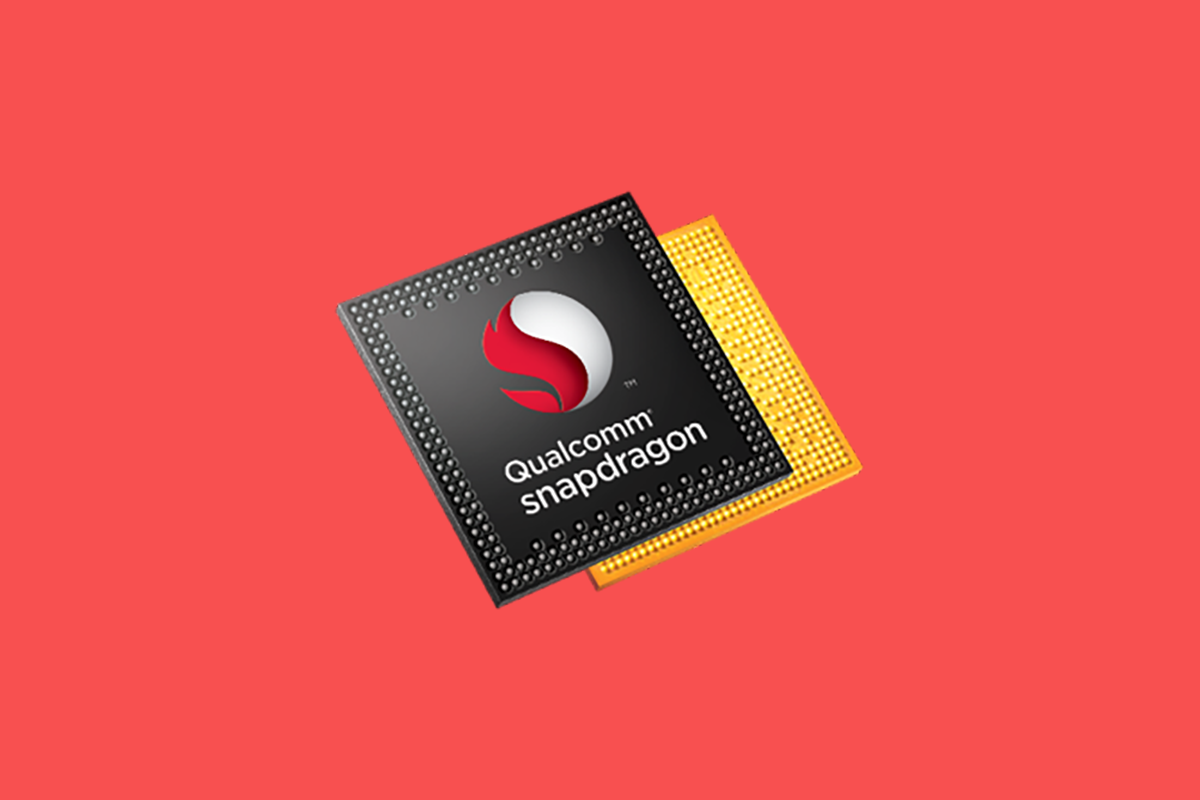We first heard about the Qualcomm Snapdragon 670 in August. It's the company's next-generation mid-range system-on-chip, and it's the successor to the Snapdragon 660.
Subsequent reports revealed that it'd be manufactured on a 10nm process and feature a GPU from the Adreno 6xx family. Now, WinFuture has published additional details about the Snapdragon 670, also known as the SDM670. Many of the chip's specifications leaked December, but the kernel sources confirm it'll be a cheaper, downgraded cousin of the Snapdragon 845.
The Snapdragon 670, unlike the Snapdragon 660, will not have four high-end and four low-end cores in ARM big.LITTLE configuration. Instead, Qualcomm has switched to a dual-core high-end CPU cluster and a hexa-core low-end CPU cluster. The low-end cores are Qualcomm's adapted variant of the ARM Cortex-A55, "Kryo 300 Silver". The performance cores, on the other hand, are a customized version of the ARM Cortex-A75, "Kryo 300 Gold".
The CPU cores have a 32KB L1 cache. There's a 128KB L2 cache per cluster, plus a 1024KB of L3 cache for the entire SoC.
The Snapdragon 670's low-end efficiency cores will be clocked at a maximum of 1.7GHz (1708MHz), while the high-end performance cores will be able to hit 2.6GHz (2611MHz) — a relatively high clock speed for a mid-range SoC. (By comparison, the Snapdragon 845's Kryo 385 performance cores are clocked at 2.8GHz.)
The Snapdragon 670's GPU is said to be the Qualcomm Adreno 615, which operates with a standard clock speed of 430MHz - 650MHz and ramps up to 700MHz dynamically.
The Snapdragon 670 will support both UFS 2.1 and eMMC 5.1 flash memory. The chip's paired with Qualcomm's Snapdragon X2x modem, which is theoretically capable of delivering downstream speeds of 1Gbps.
Thanks to a specialized image processor, the Snapdragon 670's Adreno GPU supports high-resolution cameras in a dual camera configuration. Qualcomm hasn't revealed the maximum supported resolution, but WinFuture notes that the company's reference design hardware has 13MP + 23MP sensors. When it comes to displays, the chip supports resolutions up to WQHD (2560x1440), although the exact number hasn't been revealed yet.
The launch timeframe of the new SoC is unclear right now, but Qualcomm might opt to launch the Snapdragon 670 at Mobile World Congress in late February. Regardless, we can expect at least a few smartphones equipped with the new SoC to hit store shelves in the coming months.

